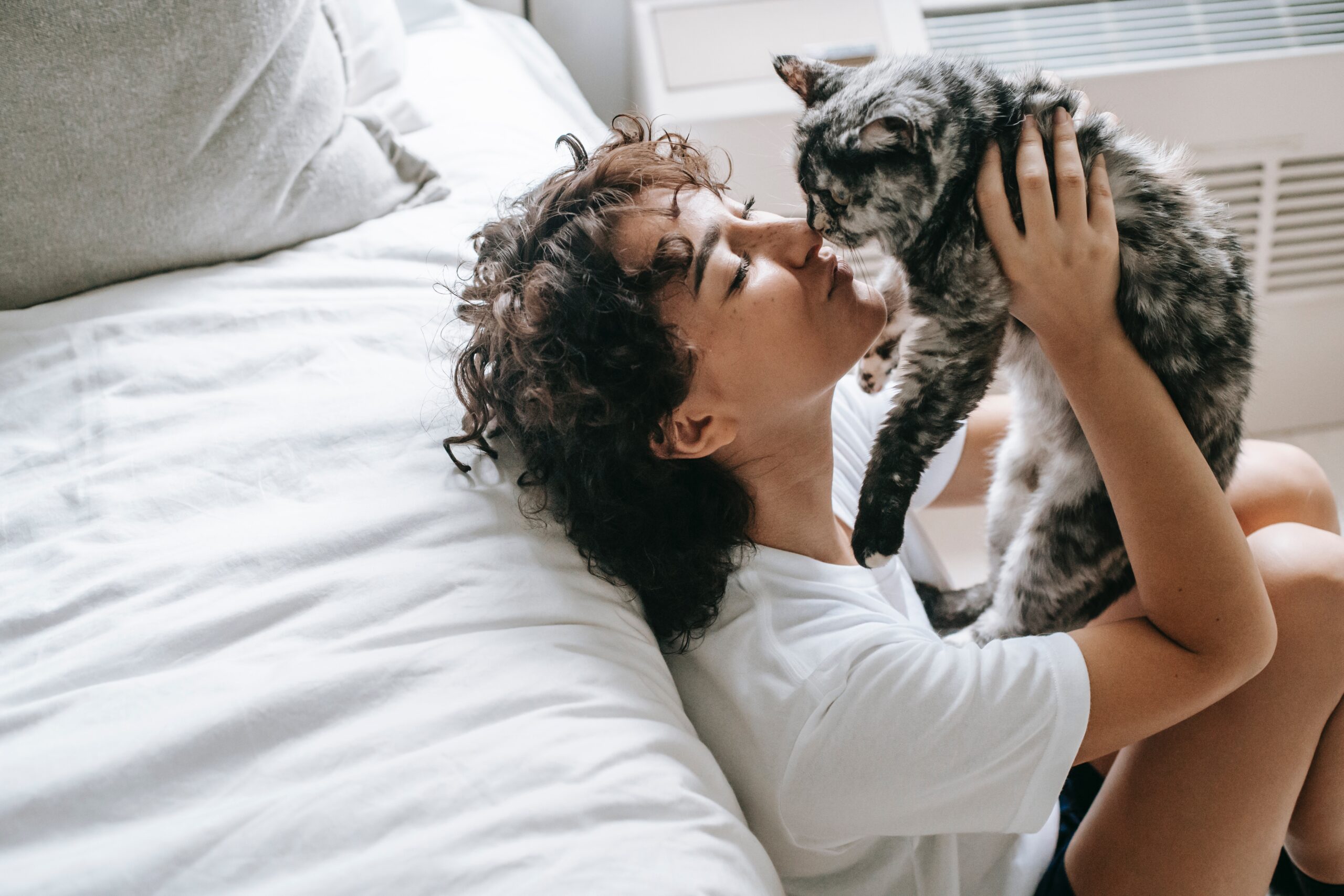The Best Small Pets for Kids: A Guide to Finding the Perfect Companion
Pets can be an excellent addition to any family, especially for kids. They provide companionship, teach responsibility, and can even help reduce stress and anxiety. But for families who live in small apartments or have limited space, finding the right pet can be a challenge.
Here are some of the best small pets for kids that can fit into any family’s lifestyle.
Hamsters:
Hamsters are great pets for kids because they are easy to care for, small in size, and can be very entertaining to watch. They are also relatively low maintenance, requiring only a small cage and regular feeding and cleaning. Additionally, they are nocturnal, making them an ideal pet for children who are busy during the day.
Guinea Pigs:
Guinea pigs are also great pets for kids, especially those who enjoy playing and interacting with their pets. They are social animals and thrive in pairs or small groups, making them a great choice for families with multiple children. They are also relatively easy to care for, requiring regular feeding and cleaning.
Fish:
Fish are a popular choice for families who want a pet but have limited space. They are easy to care for, require minimal attention, and can be very calming to watch. There are many different types of fish to choose from, ranging from small goldfish to larger tropical fish.
Birds:
Birds can make great pets for families with older children who are responsible enough to handle their care. They are highly intelligent and can be very interactive, making them an ideal choice for families who want a pet that can provide companionship. They also require a larger cage and regular feeding and cleaning.
Rats:
Rats may not be the first pet that comes to mind when thinking of a family pet, but they can make great companions for kids. They are highly intelligent, social animals and can be trained to do tricks and respond to commands. They are also relatively low maintenance, requiring only a small cage and regular feeding and cleaning.
In conclusion, there are many great small pets for kids that can fit into any family’s lifestyle. From hamsters and guinea pigs to fish, birds, and even rats, there is a perfect pet for every family. With a little research and preparation, families can find the best small pets for kids and companion for their children to love and cherish.






